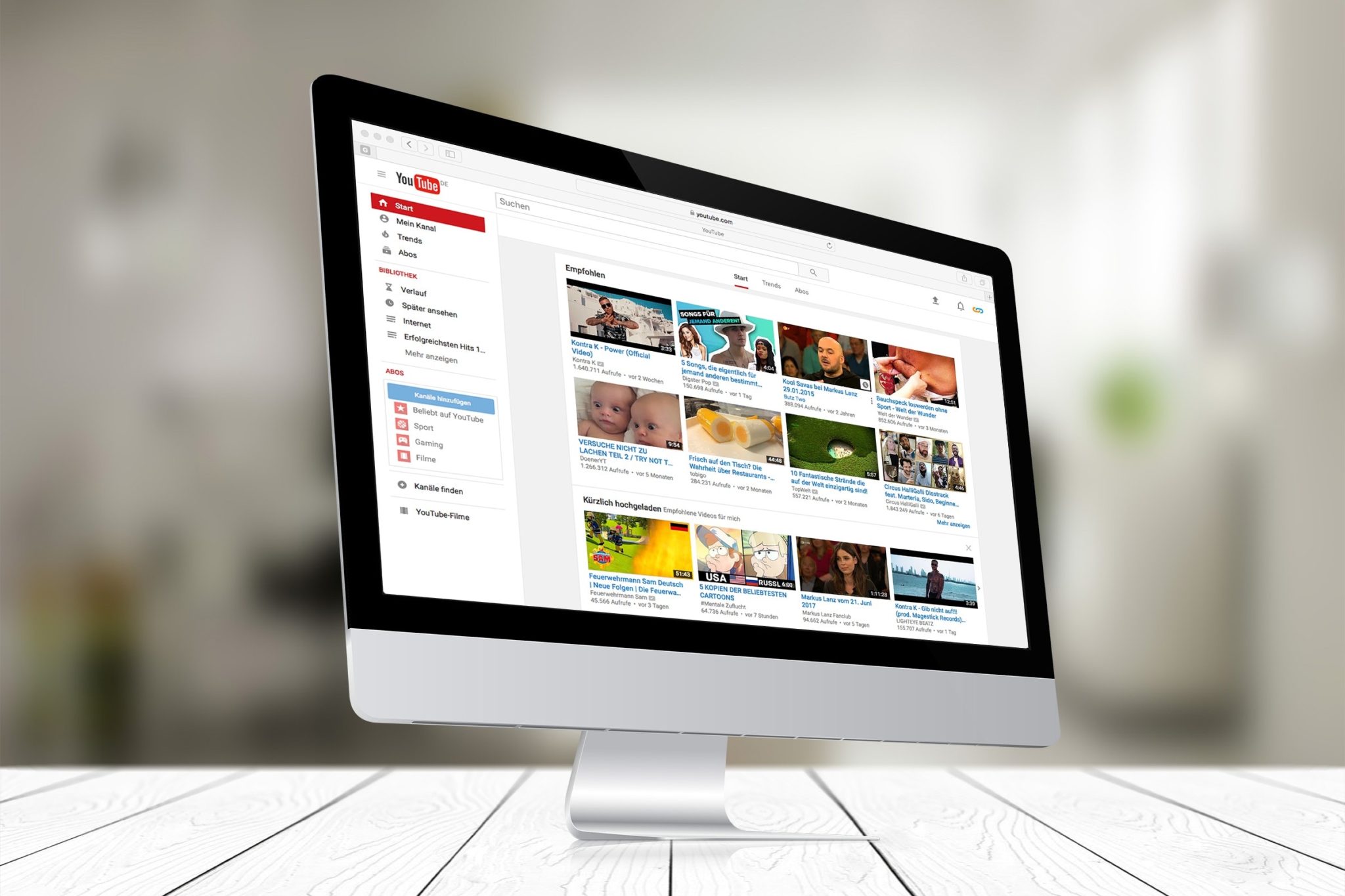
In the world of search engines, lots of terms and phrases are thrown about which can be unfamiliar and confusing for those who’re optimizing their website for the very first time. One such term is “Googlebot”.
Learning the meaning behind this term is crucial as Googlebot will have a huge impact on how you design your website. This highly complex and sophisticated program plays a vital role in how Google ranks your content on its SERPs. In order to enhance your website’s online visibility, it’s essential that you figure out factors that Googlebot looks for and how you can ‘speak its language’.
Still not clear on Googlebot? No worries! This post will explain all you need to know about Google’s web crawling bot, and how you can optimize your website for when it comes crawling to your domain.
A Basic Introduction to Googlebot
So, what exactly is Googlebot? To put it simply, it’s a Google-developed program designed for the exploration of web pages on the internet. It’s also referred to as a ‘spider’ or a ‘crawler’. Although it has a number of important jobs, Googlebot’s two primary functions are:
- Finding and indexing as much content as it can by discovering new links through exploring web pages.
- Keeping Google’s database updated by gathering information about each page it discovers.
In what is a perpetual process, Googlebot goes from page to page examining every link it discovers and recording all the information it finds on its way. Obviously, it’s fully automated which means that it’s likely to explore a particular website multiple times, but the intervals at which it does so cannot be predicted.
Furthermore, another point to note is that Googlebot isn’t just a single isolated program. In order to index as many web pages as possible, Google runs a large number of crawlers from servers of different locations.
Why Googlebot is Important for Your Website
Now that we’ve defined Googlebot and what it does, you’ve probably already realized the importance of this web crawler. After all, it’s the primary tool Google uses to understand your website.
When it comes to Google itself, we’re sure we don’t need to elaborate on its incredible significance to your website’s success. It stands head and shoulders above other search engines when it comes to popularity, which means that it’s likely to be the source of the majority of your traffic.
There are two main things Google requires in order to drive traffic towards your content. They are:
- It needs to be sure that your content actually exists.
- It needs to understand your content to the extent that it can decide the search terms it’s pertinent to.
In both of these cases, Googlebot is essential. In addition to discovering all of the pages on your site and putting them in Google’s database, it also gathers the data Google needs to get those pages to the right searchers. Although Googlebot doesn’t actually evaluate the data it gathers (Google Index does that), it still handles an important stage of the process.
The 10 Things You Want Googlebot to See When it Crawls Your Domain
As Googlebot has a significant bearing on how much traffic you’re able to attract to your website, you need to ensure that it finds everything it’s looking for when it crawls your domain. We’ve compiled a list of ten things that will make your website Googlebot-friendly, thereby improving your website’s chances of earning higher rankings on the SERPs of the world’s most popular search engine.
Fresh Content
When it comes to important search engine criteria, there’s no doubt that content is king. Websites that regularly update their content are far more likely to get crawled by Googlebot on a more frequent basis. Regularly updating the blog on your website is an excellent way to put up fresh content to crawl for the Googlebot. In any case, it’s much more convenient than adding new web pages or constantly updating your existing ones.
A lot of sites have made daily content updates a rule of thumb. While blogs are perhaps the most convenient and affordable way, they are by no means the only option. You can also opt to add new videos and audio streams to your website. In order to get your site crawled more often, it’s recommended that you put fresh content on your site at least thrice a week.
A bonus tip: Add a Twitter profile widget to your website. This will update your website whenever you change your Twitter status.
Server with Good Uptime
Make sure that your blog is hosted on a dependable server that ensures good uptime. The last thing you want is Googlebot coming to visit when your site is down. As a matter of fact, Google’s web crawler sets its crawling rate in accordance with your server’s uptime. If you have lengthy downtimes, it’s likely that your new content will take longer to get indexed.
Sitemaps
Submitting a sitemap is perhaps the first thing you should do to get your site discovered faster by Googlebot. Google XML Sitemap Plug-In can be used in WordPress for generating an effective sitemap and submitting it to the Webmaster tool.
Original Content
Duplicate content is a surefire way to get your websites crawl rates decreased. According to Forbes, originality in content is crucial. Google can detect copied content in a flash, which results in a smaller portion of your website being crawled. In severe cases, it can lead to your site’s Google rankings being decreased and even a ban from search listings.
Therefore, providing content that is original and relevant should be one of your top priorities. This applies on everything, from videos to blog postings. There are lots of white hat SEO practices which can boost your site’s crawl rate. There are numerous free resources online which can help you determine if your site’s content is authentic.
Fast Loading Times
Googlebot crawls on a budget, which means that it only has a limited amount of time to spend crawling a specific web site. Therefore, it becomes important to ensure that your web pages load at a relatively quick pace. If Googlebot has to spend time waiting for the unnecessary media on your web page to load, it won’t have any time left to explore your other web pages.
Interlinking
Nothing helps Google bots explore the deep pages of your website like some pro interlinking. Whenever you put up a fresh post, insert a link of your new post in your previous related posts.
Optimized Images
Googlebot isn’t capable of directly reading an image. If you opt to use images on your web pages, make sure that you use alt tags to attach a description that can be indexed by Google. Only properly optimized images are included in search results.
Unique Title Tags
Meta title is perhaps the first thing a Googlebot looks for on your website content. It’s important to note that Google’s web crawler can see the titles of all your pages and wants them all to be unique. Therefore, make sure that every page on your site doesn’t have the same title.
Strategic Use of Keywords
Google’s web crawlers love content in which keywords are used strategically. This means that you need to identify relevant keywords for your website and use them in an appropriate volume. What Googlebot doesn’t appreciate is content that’s stuffed to the gills with keywords.
A YouTube Channel with the Same Corporate Details
Create a YouTube channel for your business and post a few introductory videos. The videos should be accompanied by a description of your company. Why should you do this? Well, if Googlebot sees that you’ve done this, it assumes that your website has some great content to offer and as a consequent, your page will get a boost.



